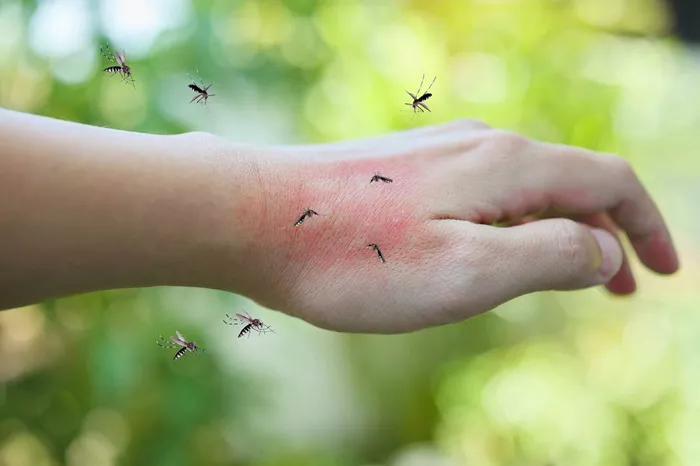Black mold is often associated with health hazards and unsightly damage in homes. While it is true that mold can cause unpleasant odors and exacerbate respiratory conditions such as asthma, recent scientific analysis suggests that its most severe health risks may be overstated—or at the very least, exceedingly rare.
Ian Musgrave, a pharmacologist and toxicologist at the University of Adelaide, reviewed available evidence and found that while mold exposure can indeed trigger allergic reactions, particularly in individuals with preexisting respiratory issues, the likelihood of it causing more serious, unrelated lung diseases remains extremely low.
What Is Black Mold?
“Black mold” is a broad term used to describe a variety of fungal species that appear as dark patches on damp walls and surfaces. The species most often associated with this term is Stachybotrys chartarum, a mold sometimes featured on lists of the world’s most feared fungi.
Concerns about S. chartarum intensified in the 1990s following reports from the U.S. linking it to a cluster of infant cases of hemorrhagic pulmonary disease—a rare and potentially fatal condition where blood infiltrates the lungs. The reports suggested that mold toxins known as mycotoxins may have been to blame.
Understanding Mycotoxins
Many fungi, including S. chartarum, produce mycotoxins—chemical compounds that may serve as a defense mechanism. Hundreds of mycotoxins exist, including some found in toxic mushrooms and others produced by soil fungi like Aspergillus.
Of particular concern are S. chartarum’s toxins such as roridin, which can inhibit protein synthesis, and satratoxin, known to have multiple toxic effects, including the potential to cause lung bleeding in lab animals.
However, Musgrave notes that while these toxins are present in mold spores, the actual danger to humans in everyday environments appears limited. Laboratory tests often rely on injecting large concentrations of mold spores directly into the nasal cavities of mice to observe harmful effects—exposures far higher than what most people would encounter at home.
A Disputed Link to Severe Illness
Subsequent evaluations of the 1990s infant cases raised serious doubts about the original conclusions. Errors were found in how spore concentrations were calculated, and corrections to those data largely undermined the claimed connection between S. chartarum and the respiratory illnesses.
The American Academy of Allergy, Asthma & Immunology now maintains that while damp indoor environments are clearly linked to adverse health outcomes, there is no conclusive evidence that black mold toxins are the cause of those effects.
Mold Can Still Trigger Allergies and Asthma
Mold remains a health concern primarily due to its potential to trigger allergic reactions. In individuals with mold sensitivity, exposure—especially in damp or poorly ventilated spaces—can lead to increased asthma symptoms.
Rare but serious conditions related to mold allergies include allergic fungal sinusitis, allergic bronchopulmonary aspergillosis, and hypersensitivity pneumonitis, a severe immune system reaction to inhaled allergens.
These health issues are generally manageable through remediation—removing the mold or relocating individuals away from contaminated areas. People with weakened immune systems, such as those on immunosuppressive medications, are also more vulnerable to mold-related infections.
Summary
There is strong scientific evidence that household mold can contribute to respiratory problems due to allergic responses. However, current research does not support widespread fears that black mold poses a major toxic threat through its mycotoxins.
“People living in damp, moldy homes are more likely to experience health issues, but the fear that black mold toxins are causing severe illness is not backed by strong data,” Musgrave concludes.
Efforts to improve housing quality, particularly by addressing moisture problems, remain important. Initiatives launched in countries like Australia have helped hundreds of thousands of residents mitigate mold-related risks since 2013. Yet experts continue to emphasize the need for science-based understanding—one that distinguishes between allergic reactions and toxicological myths.
Related Topics































